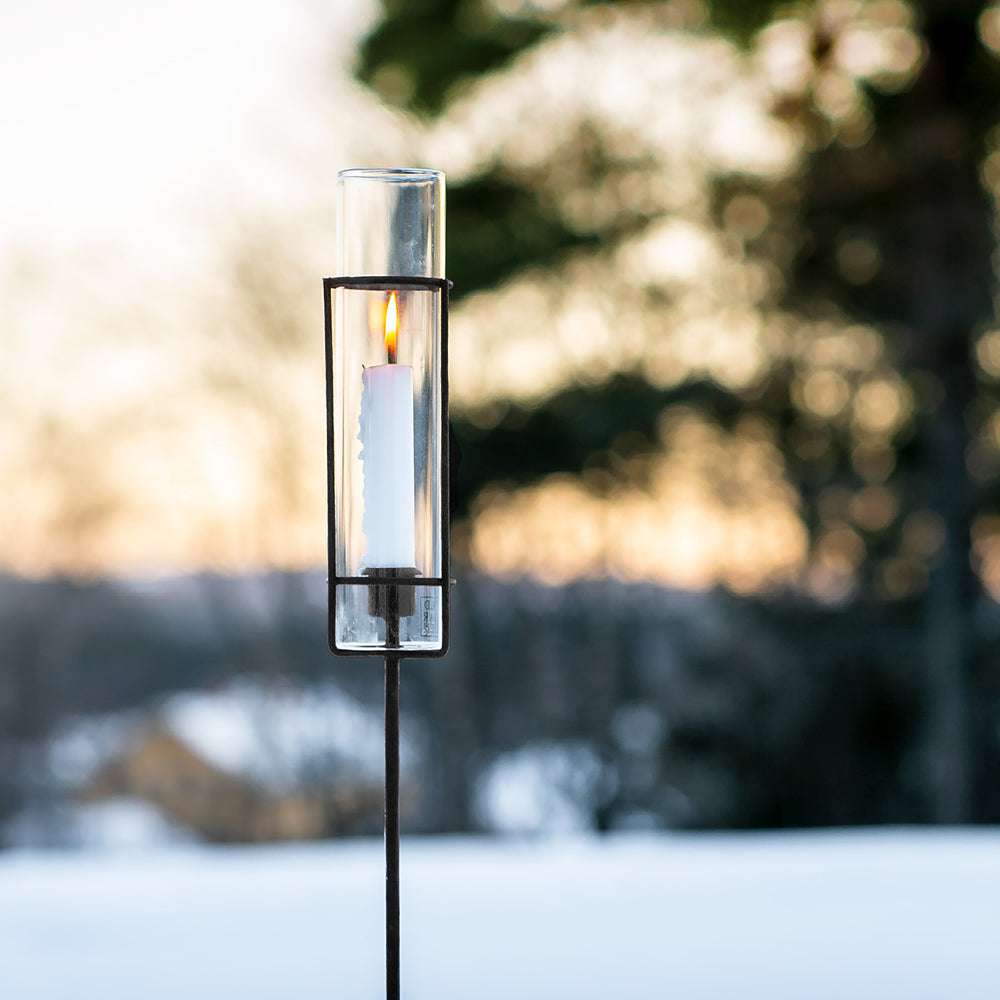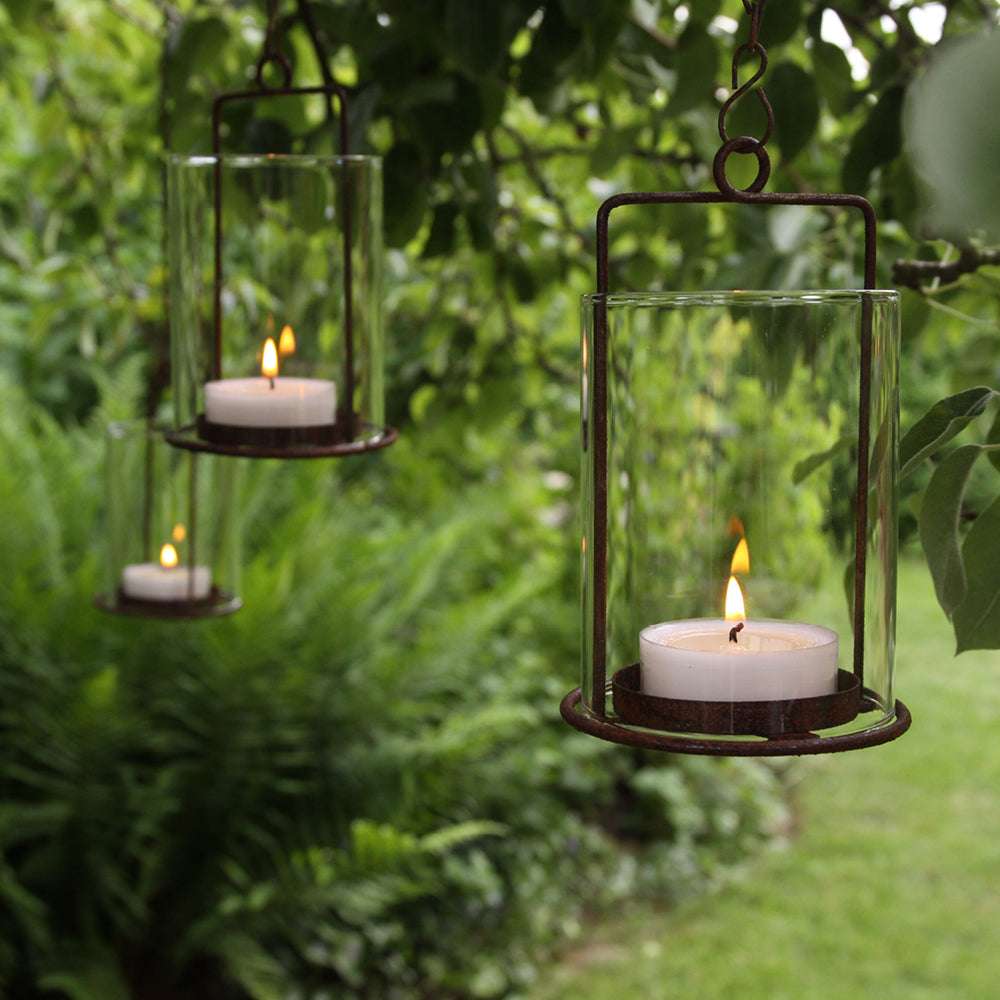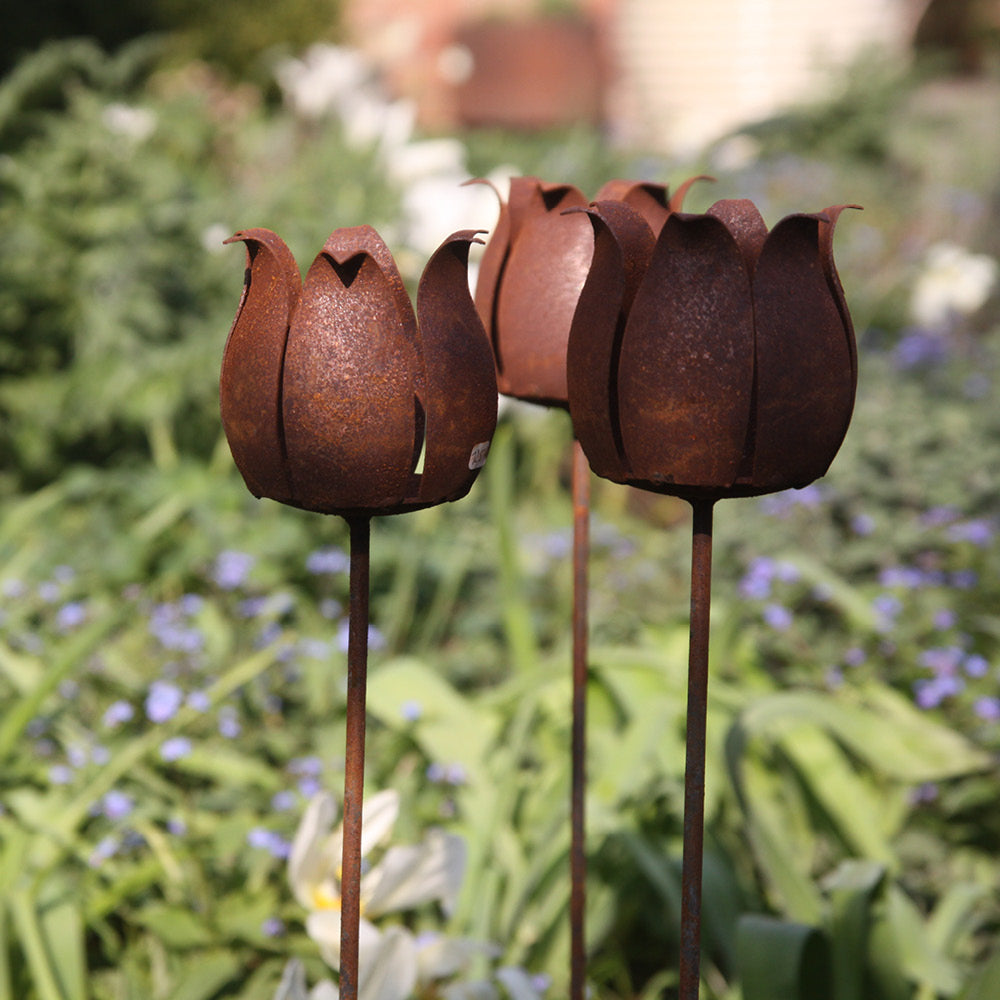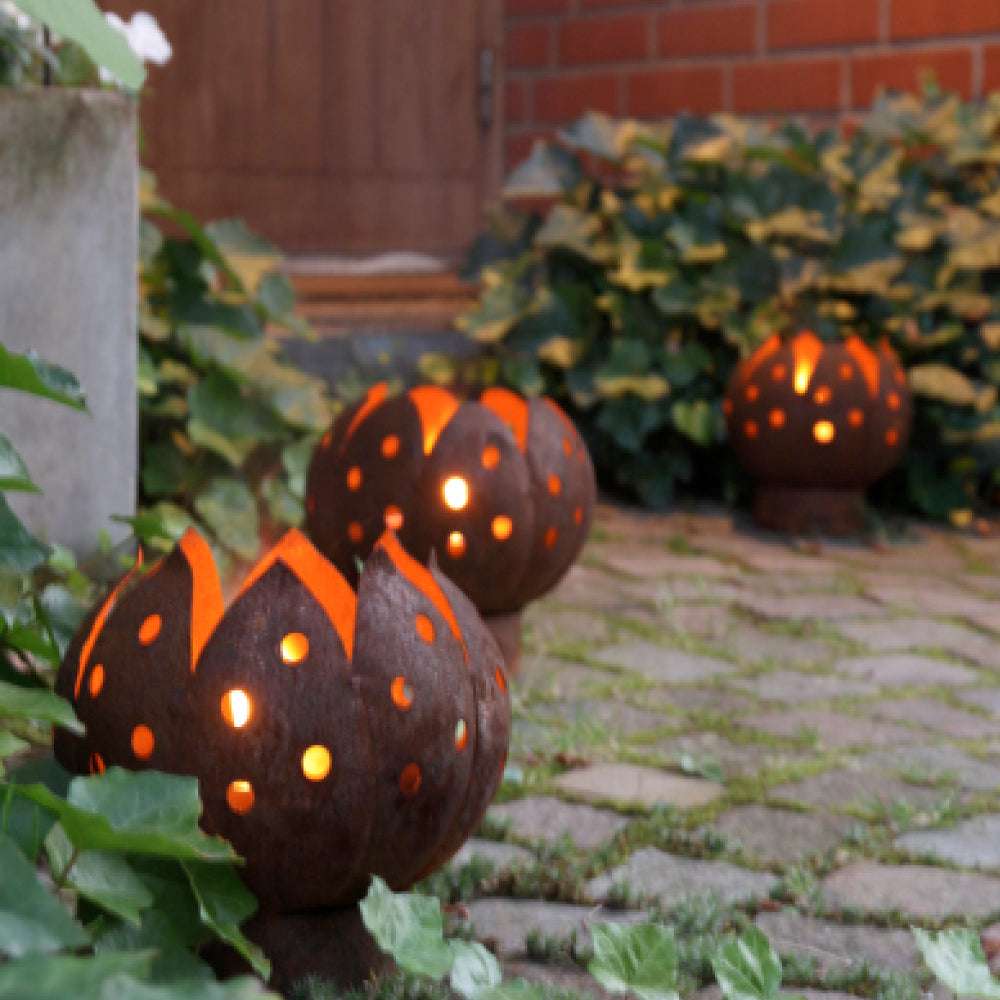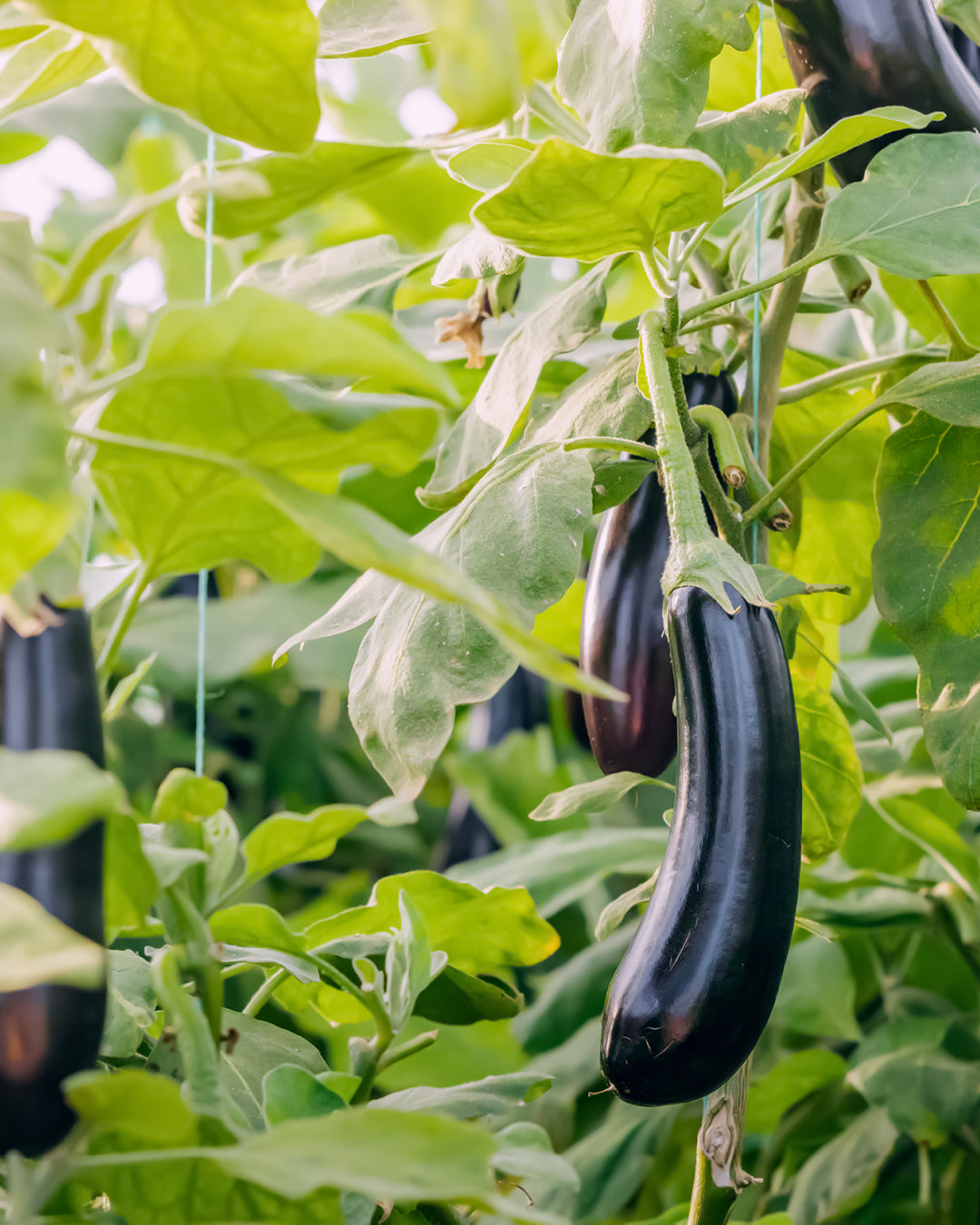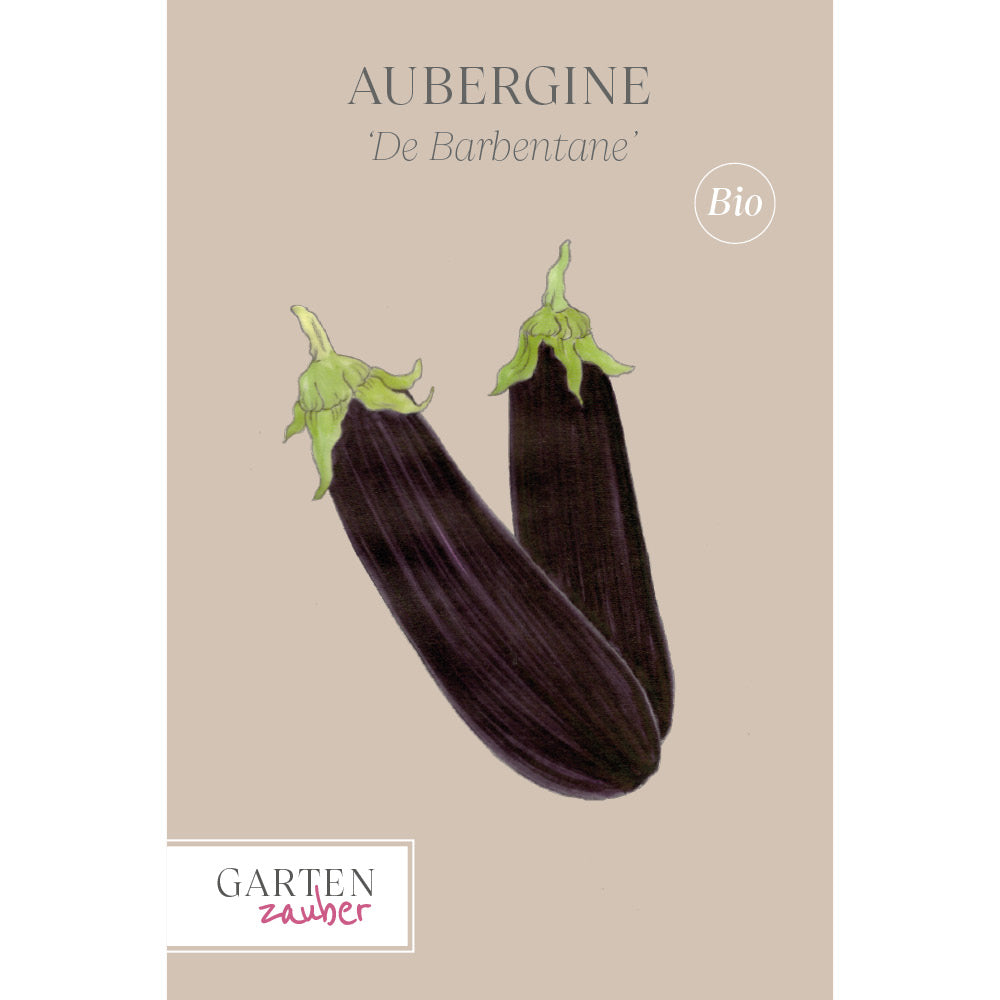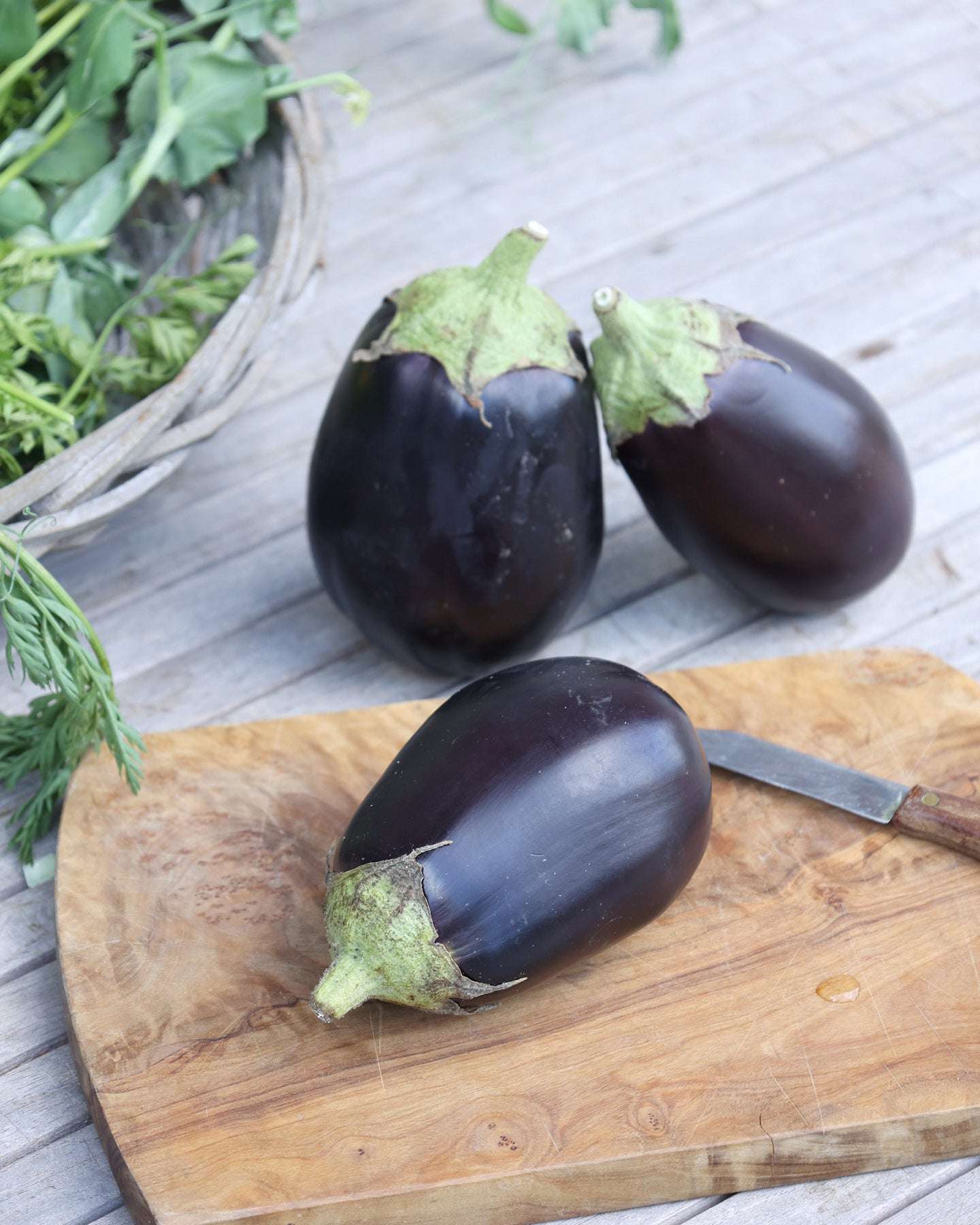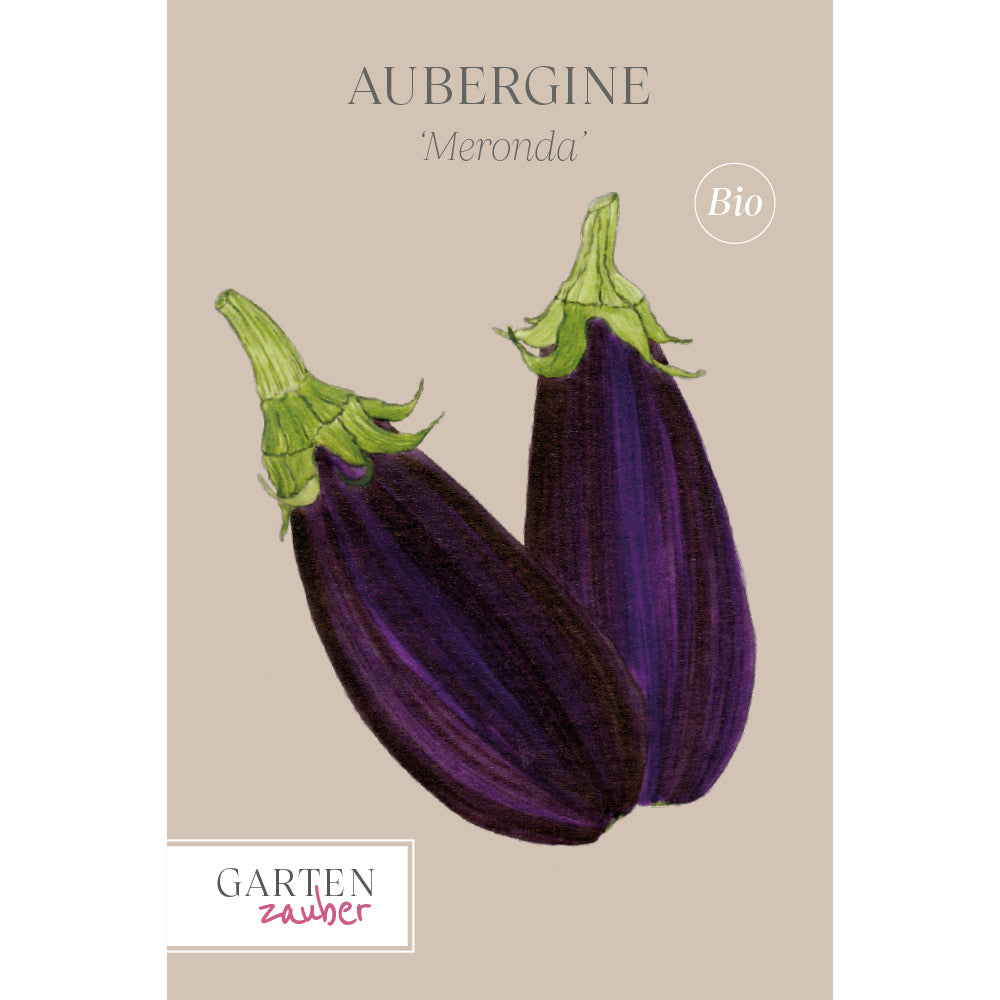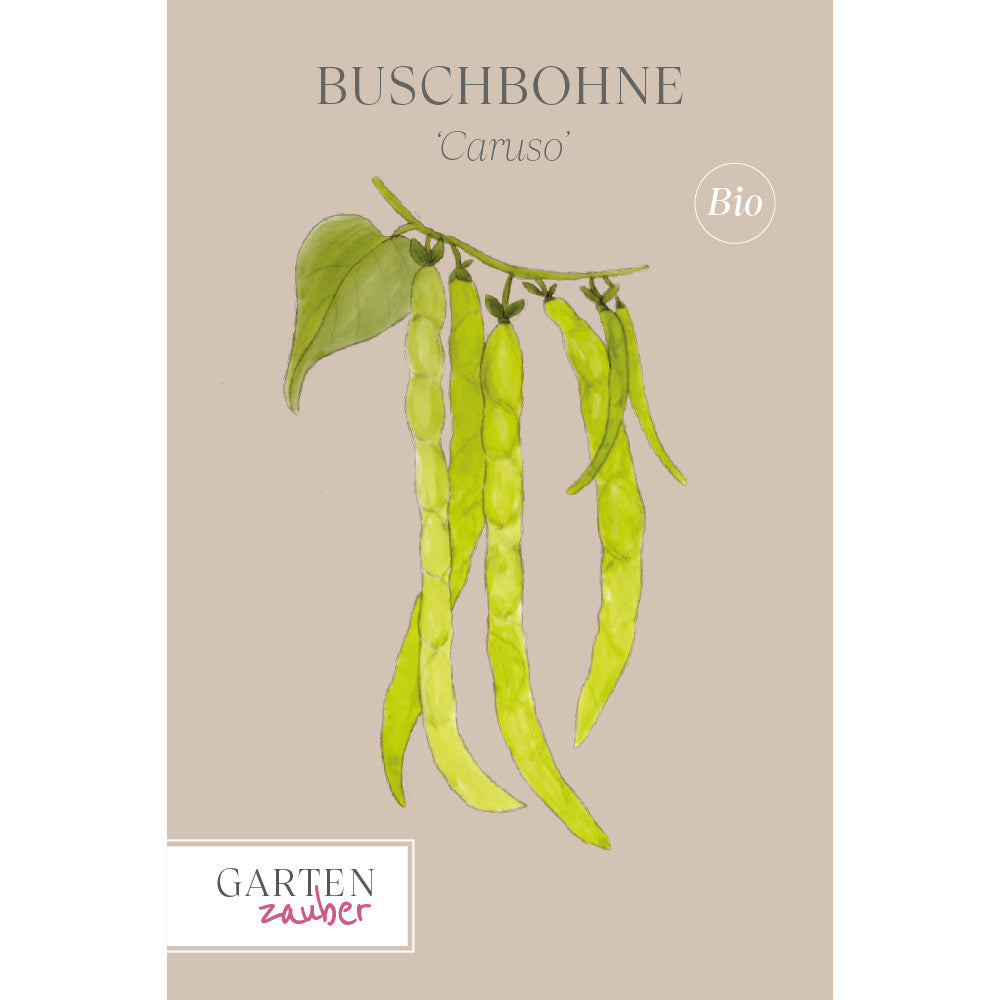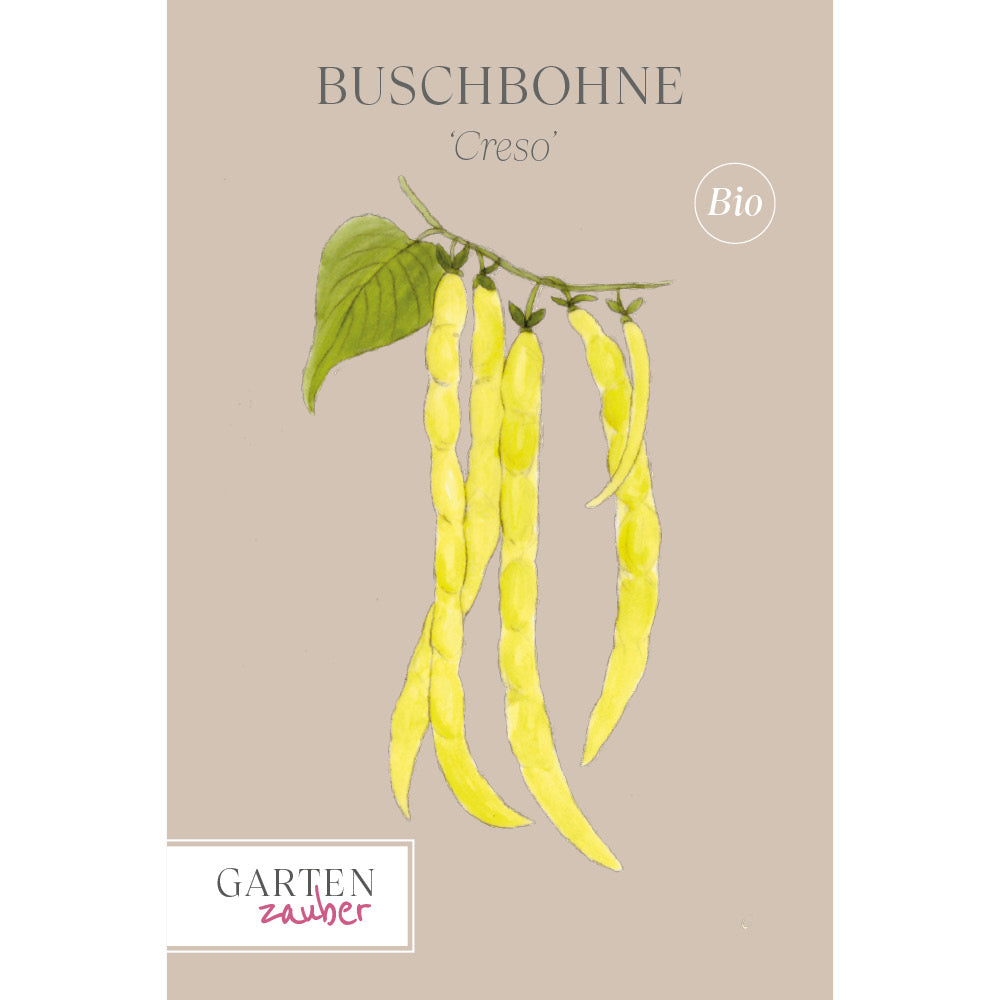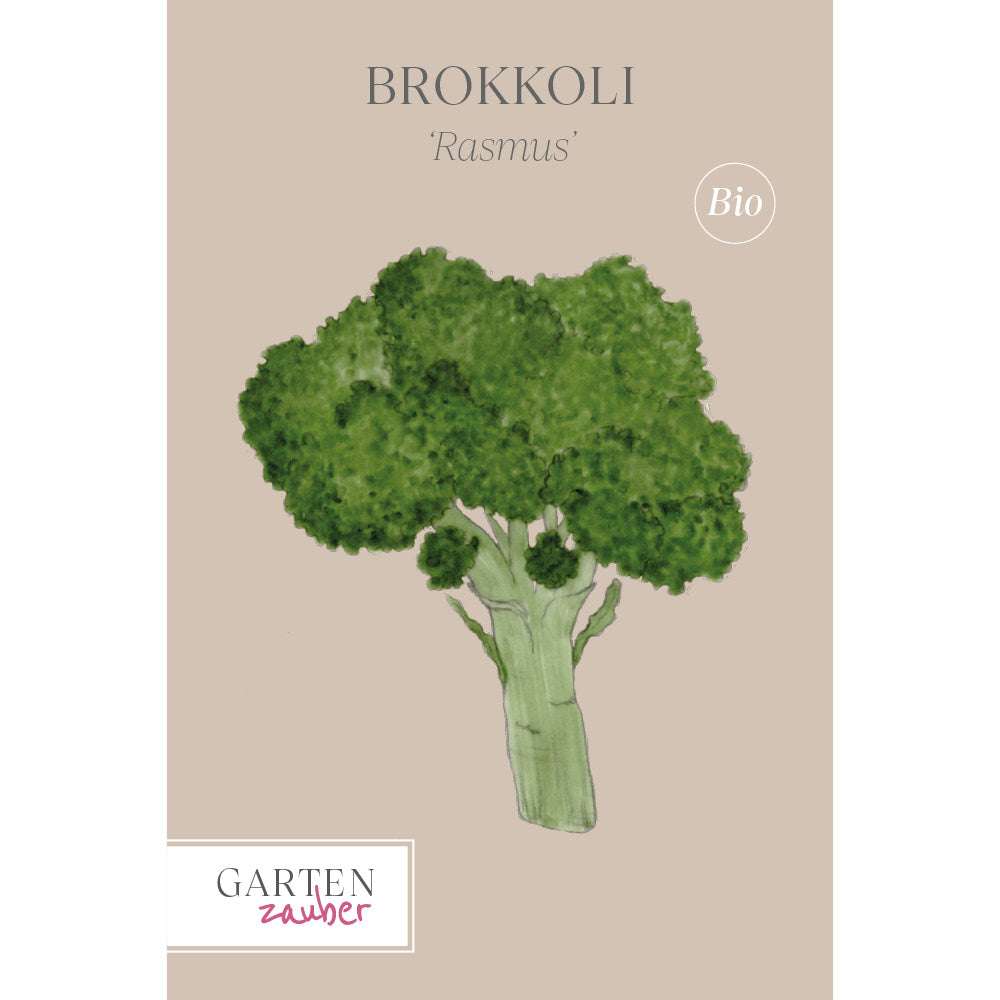Light in the garden
Subtle lighting, with its interplay of light and shadow, brings excitement and atmosphere to the garden and lifts the mood. Read what you need to consider when planning lighting in your garden.
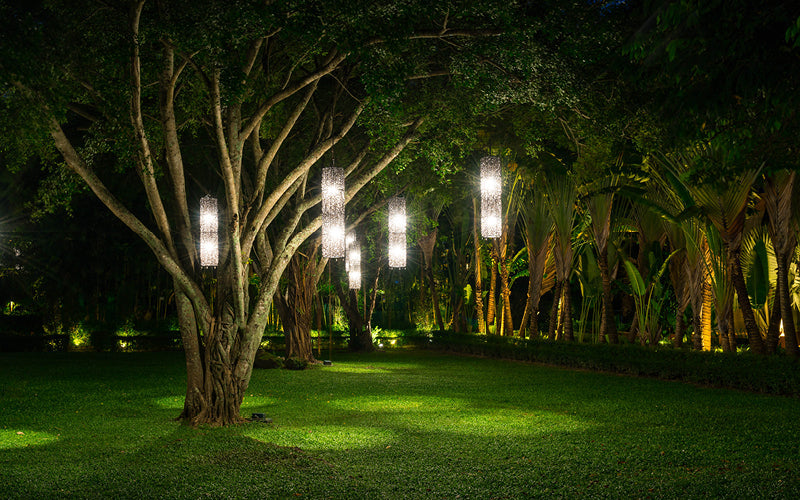
Choosing the right lamp
Pay attention to quality. There are many manufacturers, but only a few truly good ones. Outdoor lamps are exposed to frost, snow, rain, and sunlight year-round and should therefore last a long time. The IP rating indicates the protection class.
The higher the value, the greater the protection. In addition to aesthetic considerations, pay attention to choosing the right bulbs, as there are different color temperatures and therefore different effects.
Warm white light (below 3000 Kelvin) softly outlines contours and creates a cozy ambiance. Cool light (above 3000 Kelvin) is often used for path lighting. I recommend warm white light with a lower blue component there, too, because this is particularly attractive to insects.
Choose the size and wattage of the lamps based on their intended use and what you want to illuminate. Avoid recessed floor lights along paths or seating areas, as these often create unpleasant glare. Some manufacturers offer asymmetrical recessed floor lights, which shine at an angle to the side rather than vertically upward.
Think carefully about whether you really need electric light everywhere or whether you can use alternatives such as lanterns, torches, oil lamps, fairy lights or fire bowls to illuminate individual areas.
Before purchasing lights, check whether the bulbs are replaceable. Many manufacturers now don't support replacement. This would require you to dispose of a defective lamp entirely, which doesn't meet our general sustainability standards.
It is important to use lights discreetly and with aesthetic understanding; lamps should not be too obtrusive during the day unless they have a sculptural character.
Beautiful, subtle lighting lifts the mood. Lights that illuminate a specific object, such as a tree, a particularly well-grown shrub, a sculpture, or a seating area, are ideal for this.
Light in a natural garden
Those who are purely ecologically minded are happy to forgo electric light sources. However, this isn't necessarily the case. There are also middle ground and alternatives that might be a compromise.
Tips for compatible lighting
Lamps with a closed body ensure that insects cannot enter and burn themselves.
Reduce the light intensity and give priority to uniform illumination over excessive brightness in individual areas.
Use spotlights along paths that direct light downwards to keep scatter loss to a minimum.
Reduce the lighting time to give not only animals but also plants enough time to "move" in their natural rhythm. At night, the lights must be turned off by 11 p.m. at the latest.
Notice
Plants are weakened by night radiation, more susceptible to disease and less
← vorheriger Post: Raised bed – harvest happiness at a high level
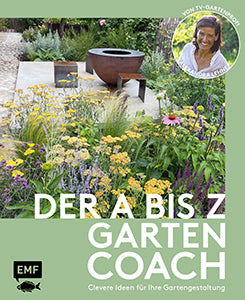
The content of this article is from the book:
Alexandra Lehne
A to Z garden coach
Clever ideas for your garden design
Price 26,00 €
ISBN 978-3-7459-0494-9
EMF Publishing
26 garden topics comprehensively clarified: Garden professional Alexandra Lehne, known from television, guides you through the areas of the garden from A to Z and provides valuable tips for beds, fencing, garden houses, play areas, vegetable gardens and more.

